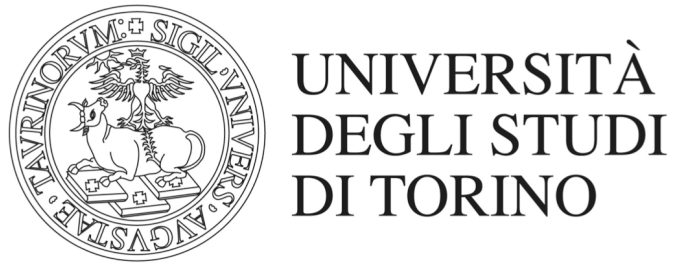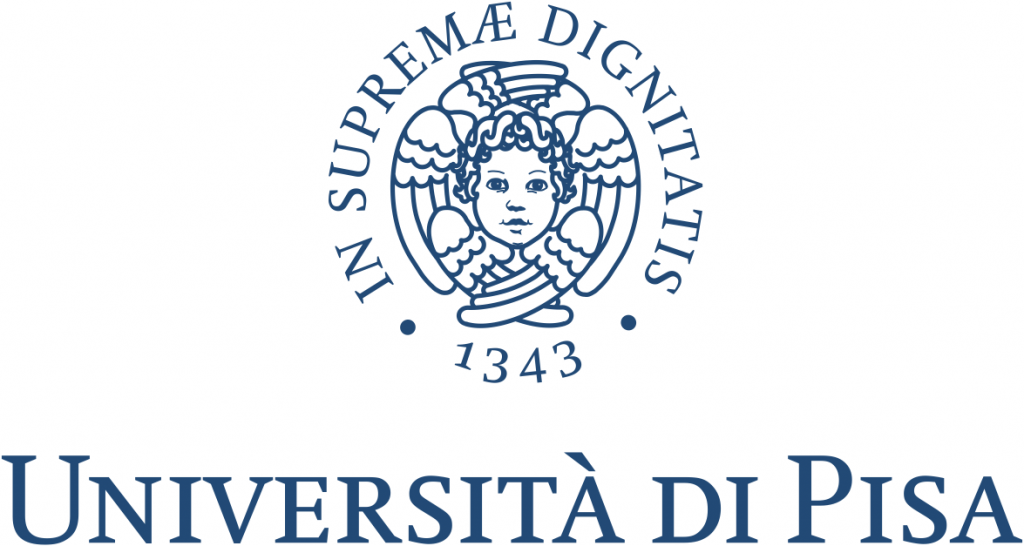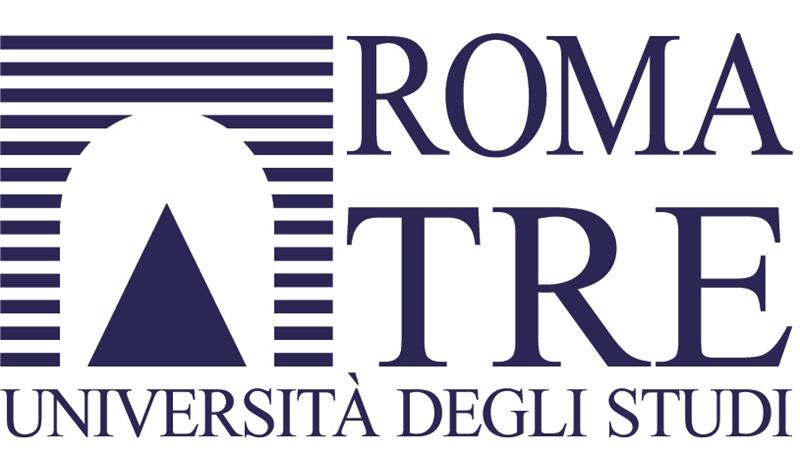
This database is the main output of the research project FISCUS. Fiscal Estate in Medieval Italy: Continuity and Change (9th-12th Centuries) The project focused on the fiscal assets and the revenues managed by royal officials and ecclesiastical elites in the early and high Middle Ages; in particular, it endeavoured to flesh out the structures of the Kingdom of Italy during the post-Carolingian age by exploring the interconnections between religious and ecclesiastical bodies, on the one hand, and the wider political and administrative frameworks of the Kingdom, on the other. By examining the status of the fiscal estates granted to lay and ecclesiastical elites over the course of the tenth and eleventh centuries, FISCUS put to the test the endurance of a public dimension associated with the ownership of those estates. The project, moreover, broadened the explorations of the economic foundations of public powers by adopting a long-term perspective – from the ninth to the twelfth century. It took into account the entire Italian peninsula and focused on three key issues: the problem of the documentary evidence for the study of fiscal estates; the history of the fiscal patrimony and its development in the eleventh and twelfth centuries; and the legacy of early medieval fiscal estates in the eleventh and twelfth centuries.
The FISCUS database was designed in order to meet these needs and answer these questions. It is a collector of both specific sets of documents – regarding circumscribed groups of assets and rights – and systematic surveys of archival series. It needs stressing that the sources have not been the object of a critical edition, but have been analysed through the technique of the semantic markup within a layered structure. The basic records (or first-level records) consist of individual documents; each record presents the results of a semantic markup of the text of a document, allowing diachronic queries that adhere to the lexicon of the sources. The semantic markup also identifies people, estates, juridical persons (like monasteries, bishoprics or urban governments) and places connected to the fiscal patrimony. Second-level records are dedicated to each of these categories, and are linked to all their documentary attestations. The semantic markup and the distinction between first-level and second-level records have made it possible to identify and locate on the map fiscal assets and revenues, while keeping track of their evolution over time. Similarly, it has been possible to take into account the different qualities of land, production, rights and relations with people and institutions attested by the documents; to appreciate the variability of the lexicon of the sources and of its meaning; and to discern the varying characteristics of each source and its tradition.
The database has been designed in accordance with the best practices of the Digital Humanities, and especially with the FAIR principles (Findability, Accessibility, Interoperability, Reusability). For this reason, it adopts widely-shared and compatible standards such as the semantic encoding based on XML (eXtensible Markup Language) and follows the guidelines promoted by the Text Encoding Initiative (TEI). Specifically, the project adopts its EpiDoc subset, which has become the international standard for the digital edition of ancient sources, and in particular for the encoding of documentary sources. Starting from the EpiDoc template, the project created its own template, modelled on the specific needs of the research project. A similar process was followed for second-level records, for which four TEI files structured as authority lists were developed. The sources were entered and marked up via a framework for simplified data tagging within the Oxygen XML Editor software. The high level of compatibility, interoperability and flexibility of the language guarantees a low risk of obsolescence and ensures long-term sustainability, which is furthered by the interconnection among online resources in Open Access, following the principles of Linked Open Data. In line with the application of FAIR principles, the website – which is hosted on a server of the Dipartimento di Storia Culture Civiltà of the University of Bologna – is accessible in Open Access mode; its contents, in HTML and XML, are distributed under a Creative Commons CC-BY-SA 4.0 license. With a view to promoting Linked Open Data, the creation of the records has included, wherever it was possible, the links to other online resources that are also accessible in Open Access, as is the case with the digital library of Modena Lodovico (https://lodovico.medialibrary.it).
To cite this database: Fiscus. Fiscal Estate in Medieval Italy: Continuity and Change (9th-12th Centuries), edited by Collavini, Simone Maria, Tiziana Lazzari, Lorenzo Tabarrini, Paolo Tomei, Irene Vagionakis, and Giacomo Vignodelli. Bologna: Alma Mater Studiorum – Università di Bologna, 2024. With contributions from: Luca Angeli, Nicola Cerretani, Caterina Ciccopiedi, Erika Cinello, Valerio De Angelis, Evelina del Mercato, Beatrice Ferretti, Alessandro Giacomelli, Dario Internullo, Vito Loré, Edoardo Manarini, Paola Massa, Corinna Mezzetti, Loris Motta, Filippo Ribani, Chiara Stedile, Antonio Tagliente, Mattia Viti, and Giulia Zornetta. DOI: 10.60760/unibo/fiscus; ISBN: 9788854971394
Powered by Kiln/EFES. Theme by Foundation.




